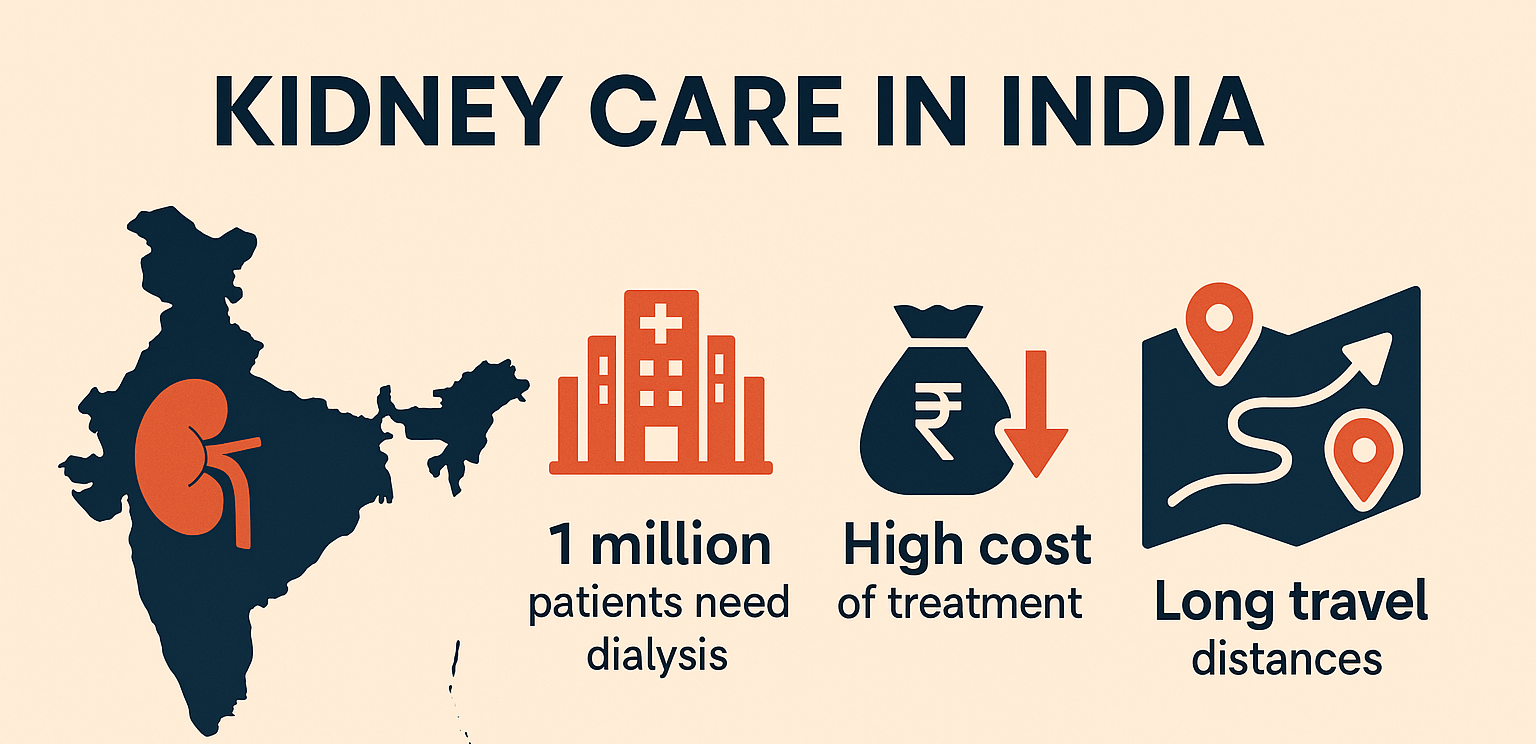In today's fast-paced world, where crises seem to be a constant presence, employee burnout is becoming a critical issue. According to the International SOS’s Risk Outlook 2024 report, crisis fatigue is mounting and creating significant challenges for organizations. The report highlights that around two-thirds of professionals surveyed expect increased complexity in ensuring the health, well-being, and security of their workforces this year, more than any other time in the past five years.
The report indicates that 80% of surveyed risk management experts believe stress and burnout will likely have a significant impact on their business and employees this year. Additionally, 72% believe that mental health issues will have a substantial effect. These figures expose the pressing need for organizations to proactively address stress and burnout among their employees.
Furthermore, 75% of respondents feel that people now have higher expectations regarding the duty of care than ever before. This shift highlights that issues like burnout and mental fatigue are increasingly seen as responsibilities for organizations to manage. The continuous cycle of crises, combined with personal stressors such as rising living costs, climate change concerns, and political polarization, has significantly impacted individual well-being.
This convergence of crises has led to a state of "permacrisis," where the traditional cycle of crisis and recovery is replaced by a continuous state of flux and uncertainty. Prolonged exposure to crises contributes to a rise in employee burnout, characterized by feelings of emotional exhaustion and reduced productivity. With the possibility of future pandemics and other unforeseen events, employers need to transition from reactive crisis management to proactive preparedness. This shift is crucial to mitigate the negative effects of both permacrisis and burnout within the workforce.
Dr. Kate O’Reilly, Regional Medical Director at International SOS, emphasizes the importance of addressing these issues: “The current landscape presents a concerning trend of burnout permeating workplaces globally. Increased workloads, a lack of work-life balance, and a climate of constant change and unpredictability are pushing employees into uncharted territory. The lines between professional and personal well-being are blurring, bringing organizations to a critical juncture that demands immediate attention.”
To tackle this issue, Dr. O’Reilly suggests several strategies:
1. Regular Check-Ins: Implement regular check-ins with employees to gauge their well-being and identify early signs of burnout.
2. Training Managers: Train managers to recognize signs of burnout and provide them with resources to support their teams effectively.
3. Encouraging Open Dialogue: Foster an environment where employees feel comfortable discussing mental health issues and seeking help.
4. Providing Mental Health Support: Offer access to mental health support programs, including counseling services or employee assistance programs.
5. Organizing Stress Management Workshops: Equip employees with coping strategies and resilience-building techniques.
6. Promoting Work-Life Balance: Encourage a culture that prioritizes work-life balance and provides resources for employees to seek support if needed.
7. Establishing Protocols for Managing Stress: Develop comprehensive crisis management plans that specifically address burnout and stress-related challenges.
8. Collaborating with External Experts: Work with external experts and organizations to leverage their expertise in addressing burnout and supporting employee well-being.
By implementing these measures, organizations can build a resilient workforce that is better equipped to handle the pressures of modern work environments. Regular check-ins can help identify issues before they become severe, while training managers to recognize burnout ensures that support is available at all levels. Encouraging open dialogue about mental health and providing access to support services can destigmatize seeking help and foster a supportive work culture.
Promoting work-life balance is essential in preventing burnout. Organizations can offer flexible working hours, remote work options, and encourage employees to take regular breaks. Providing resources such as fitness programs, meditation sessions, and time management workshops can also help employees manage stress effectively.
Comprehensive crisis management plans should include protocols for managing workload distribution during times of increased stress and establish mechanisms for monitoring and addressing employee well-being. This approach ensures that employees are not overwhelmed during challenging times and that their mental health is prioritized.
Collaborating with external experts can bring new perspectives and solutions to addressing burnout. Sharing best practices and learnings with other organizations can collectively strengthen resilience and enhance support systems.
Technology can also play a significant role in mitigating burnout. Implementing employee wellness platforms can help track well-being metrics and provide personalized support. Virtual mental health services can offer employees access to counseling and therapy sessions, even when working remotely.
Addressing burnout proactively not only improves employee well-being but also enhances organizational performance. Employees who feel supported and valued are more likely to be engaged, productive, and loyal. Reducing burnout can lead to lower absenteeism, decreased turnover rates, and a more positive work environment.
In conclusion, the International SOS’s Risk Outlook 2024 report highlights the critical issue of employee burnout in the face of constant crises. Organizations must transition from reactive crisis management to proactive preparedness to address this growing concern. By implementing preventive measures, promoting work-life balance, developing comprehensive crisis management plans, and leveraging external expertise, employers can build a resilient workforce capable of thriving in a challenging and unpredictable world.
Addressing burnout is not just an organizational responsibility but a crucial factor in ensuring the long-term success and well-being of employees. The insights and recommendations from International SOS provide a roadmap for organizations to navigate the complexities of modern work environments and support their employees effectively. By prioritizing mental health and well-being, organizations can foster a healthier, more productive, and resilient workforce.

 The report highlights that around two-thirds of professionals surveyed expect increased complexity in ensuring the health, well-being, and security of their workforces this year.
The report highlights that around two-thirds of professionals surveyed expect increased complexity in ensuring the health, well-being, and security of their workforces this year.







.jpeg)





.jpeg)






.jpeg)









.jpg)


.jpg)
